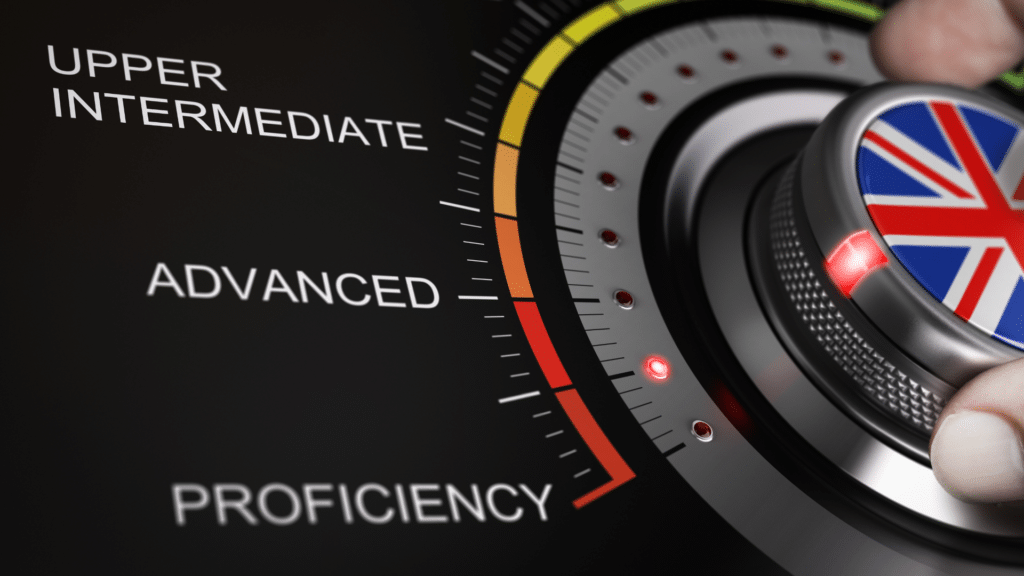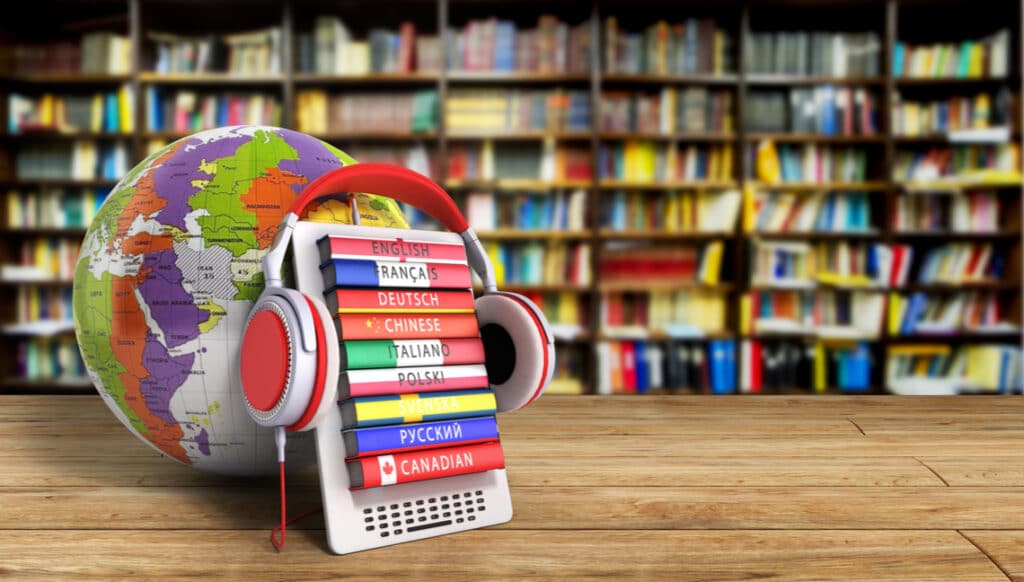
Mandarin, Japanese, or Korean – Which is the Hardest Language?
So many Americans think of Asia as a vague group of countries on the other side of the world, with mysterious languages and an exotic culture. Today, we thought we’d take some time to sort out a few of them a bit for everybody. Each community is, after all, an exciting epicenter of culture and history, with completely unique languages, and deserves its own attention. We’ll take a look at three big players from Asia: China, Japan, and Korea, and celebrate their linguistic diversity, then decide whether Mandarin, Japanese, or Korean is the hardest language to learn.
Mandarin

We all know that China is the largest country in the world by population, inching toward 1.45 billion total people every day (followed closely by India with 1.38 billion people). With so many people comes a huge variety in culture across the country. But it also means that there is a huge variety of languages, as well — did you know that there are hundreds of mutually unintelligible dialects of Chinese languages? Chinese is grouped into 7 language families, which are also divided up into further dialects. However, the Chinese writing system is relatively consistent across the country, meaning that one person who speaks Cantonese will be able to communicate with another who speaks Mandarin only through a written message. This works fantastically for cross-national messages but is a pain for learners of Chinese as a second language, as each word is a picture that requires rote memorization (as opposed to a phonetic script like English, in which words can be sounded out). It should also be noted that Chairman Mao implemented country-wide simplification of the script in the ‘50s to combat low literacy rates in China, an effort that was generally successful. Taiwan and Hong Kong however, not under Mao’s influence, kept the Traditional writing system. People who use the traditional system can usually read the simplified writing but going in the opposite direction is much harder. Finally, Chinese languages are tonal, meaning that whether you speak with a question sound in your voice (e.g. ma?) versus an exclamation sound (ma!) (along with several other variations) can change the meaning of the word completely. Many languages of the world are tonal, and Mandarin is by far not the hardest. However, this aspect of Mandarin is what native English speakers dread when learning; it can be daunting, but the good news is that the language has very little grammar and is easily transferable from English.
Chinese word for China: 中国 – Pronounced “Zhōng-guó”
Korean
 Korea, sandwiched between Japan and Northeast China, has a population of 51 million people (North Korea has 25 million). Traditional Korean principles, heavily influenced by Confucianism, still permeate modern life. As a result, group harmony, respect, and family are the center of importance in the culture. The Korean language used to be written with traditional Chinese symbols but was slowly replaced by a phonetic system of writing in the 19th and 20th centuries. Korean is thus the easiest language of these three to learn how to read and write, for which learners of the language will be grateful! What is not so easy is the grammar or pronunciation. Korean is a Subject-object-verb language, meaning instead of saying “I eat the food,” the general construction is “I the food eat.” Additionally, verb conjugation varies according to the person to whom the speaker is talking (across three different levels of respect), as does the pronoun “I” along with the choice of verb. As if this wasn’t enough, Korean has two different number systems which are used for specific purposes to approximately the same degree, and each noun takes a different form when it is being counted (a concept called “counters,” which Japanese also has). Finally, while Korean is NOT a tonal language, there is a distinction among consonants essentially inaudible to a foreign ear: no matter how many times a native English speaker asks a Korean to repeat the difference between a “g” and a “gg” sound, they will probably never say it right.
Korea, sandwiched between Japan and Northeast China, has a population of 51 million people (North Korea has 25 million). Traditional Korean principles, heavily influenced by Confucianism, still permeate modern life. As a result, group harmony, respect, and family are the center of importance in the culture. The Korean language used to be written with traditional Chinese symbols but was slowly replaced by a phonetic system of writing in the 19th and 20th centuries. Korean is thus the easiest language of these three to learn how to read and write, for which learners of the language will be grateful! What is not so easy is the grammar or pronunciation. Korean is a Subject-object-verb language, meaning instead of saying “I eat the food,” the general construction is “I the food eat.” Additionally, verb conjugation varies according to the person to whom the speaker is talking (across three different levels of respect), as does the pronoun “I” along with the choice of verb. As if this wasn’t enough, Korean has two different number systems which are used for specific purposes to approximately the same degree, and each noun takes a different form when it is being counted (a concept called “counters,” which Japanese also has). Finally, while Korean is NOT a tonal language, there is a distinction among consonants essentially inaudible to a foreign ear: no matter how many times a native English speaker asks a Korean to repeat the difference between a “g” and a “gg” sound, they will probably never say it right.
Korean word for the Republic of Korea: 대한민국 – Pronounced “Dae-han-min-guk”
Japanese

The population of Japan continues to fall. It is currently estimated to be at 126 million, which is a decrease of one million from 2017. The culture is governed by Shinto principles, a spirituality which embraces the idea that everything in nature has a kami, or a god. Consequently, the turning of the seasons is cherished, along with environmental preservation. The Japanese writing system has three different sets of characters. The first is Kanji, or Chinese symbols used to represent nouns. Kanji is useful for discriminating between homophones (words that sound the same with different meaning), which can happen often in Japanese. This is pretty convenient, since Japanese and Chinese speakers can often communicate in written form through Kanji. The other two systems are (thankfully) phonetic: Hirajana is used for grammatical purposes, and Katakana, which is used to form newer, imported words from English and other languages. Since both the latter systems are phonetic, they are often used to replace the Kanji symbols for nouns when the writer forgets it. The pronunciation of Japanese is relatively easy for English speakers, as it has the same vowels (a, e, i, o, u) as European languages like Spanish. Additionally, there is a plethora of pre-existing vocabulary of Japanese words borrowed from English, making it convenient for English speakers to pick up the language: can you guess what “aisu kurīmu” is? That’s right, ice cream. What about “bīru”? Beer. Similar to American “Spanglish”, if you try to pronounce an English word with a Japanese accent in Japan, chances are you might be understood. It is not a tonal language, except for the fact that some meanings of words are different depending on whether they are pronounced with a high or a low tone, but this is not as common as in Mandarin, which is essentially every word. Similar to Korean, Japanese has three different levels of honorifics (casual, polite, and deferential), and it is also a subject-object-verb language. Both languages consequently force the speaker to dance around addressing someone directly, a plight that can drive a native English speaker crazy.
Japanese word for Japan: 日本 – Pronounced “Ni-hon”
(…which, as we just discussed, is a noun, and written the same as in Chinese.)

So, which one is the hardest language?
That really depends on your background. Korean has the easiest writing system by far, which can be learned in a weekend. Mandarin has the easiest grammar: if you translate “I eat rice” word-for-word, your translation is correct, and there are no honorifics. Japanese has so many loaned terms from English, that helps make it easier to remember words, especially when you are just learning. Meanwhile, Korean grammar is likely the hardest, while tones in Mandarin are notoriously difficult for native English speakers to hear, and Japanese is the fastest spoken language in the world at over 7 syllables per second. However, due to the sheer volume of English speakers who want to learn Mandarin or Japanese, there are more resources for those languages. From that practical standpoint, learners might find that the hardest language to learn of the three is Korean. Whichever you choose to learn, knowing one will inevitably help you with another the same way speaking German helps you learn French – not much, but a foundation is always good to have.
 Need a Mandarin, Japanese, or Korean teacher? Book a class online now!
Need a Mandarin, Japanese, or Korean teacher? Book a class online now!





Responses